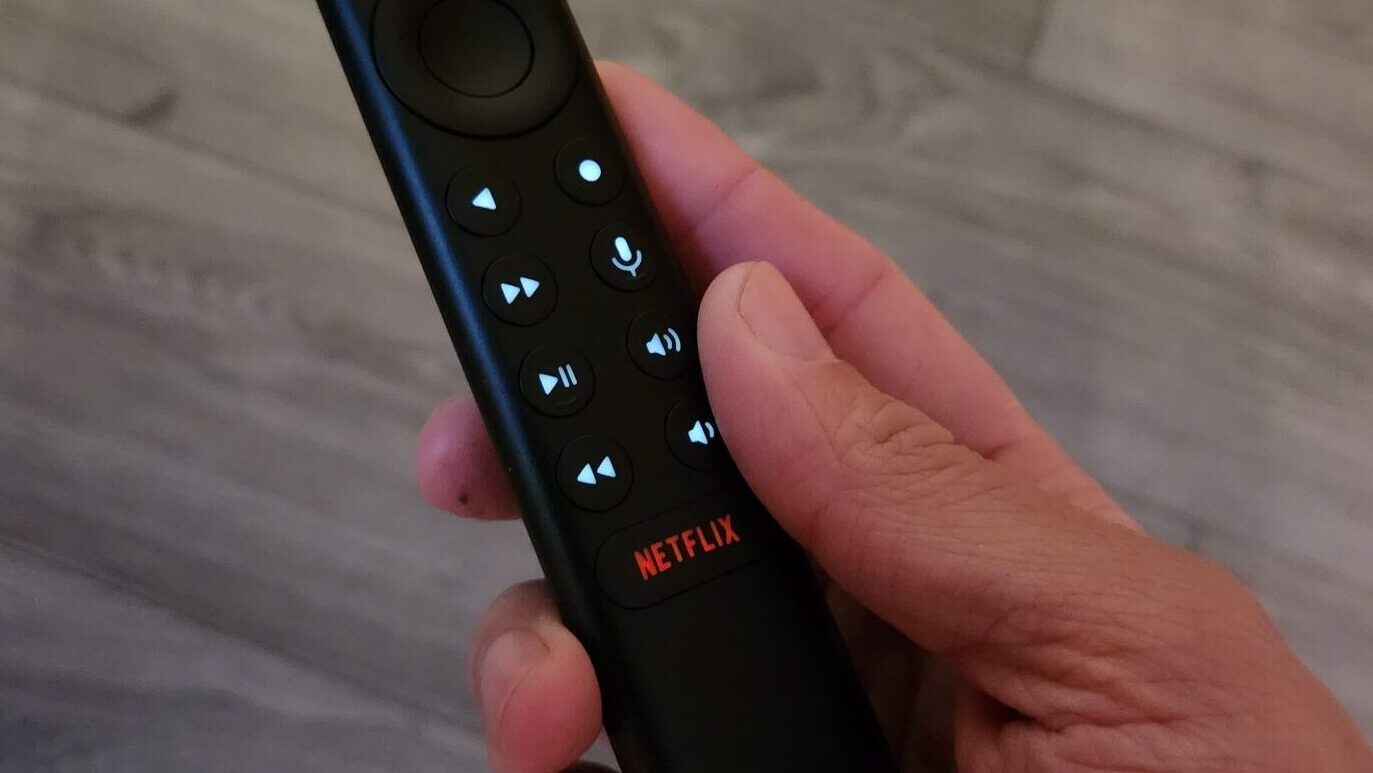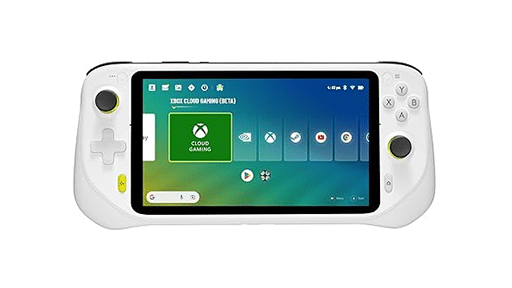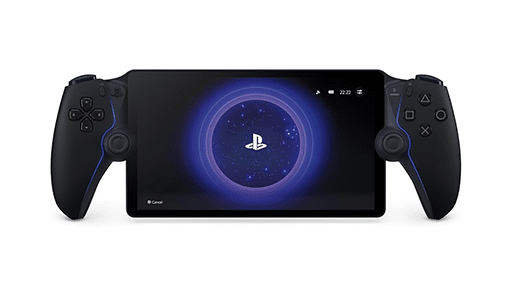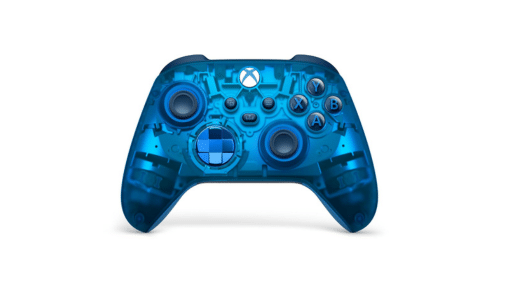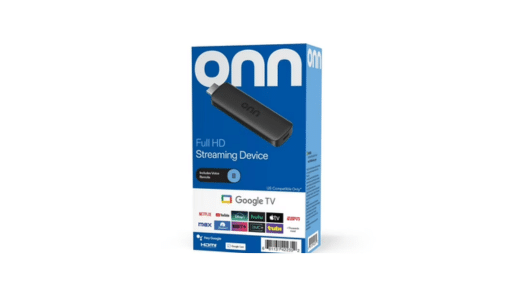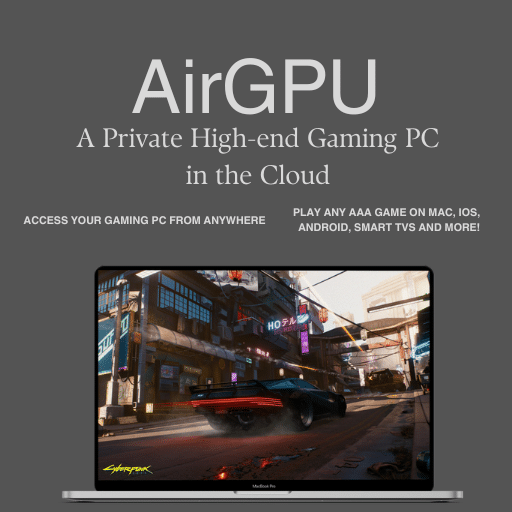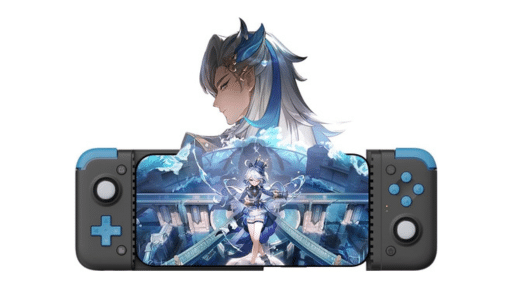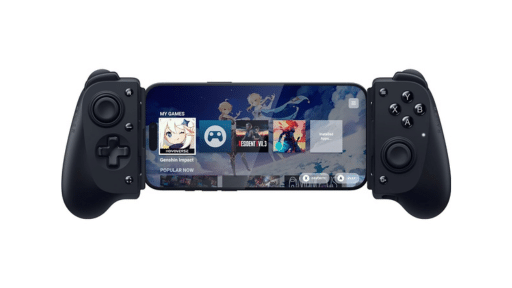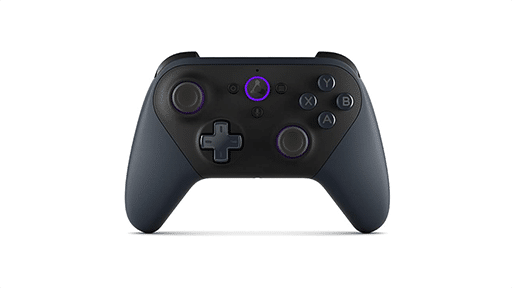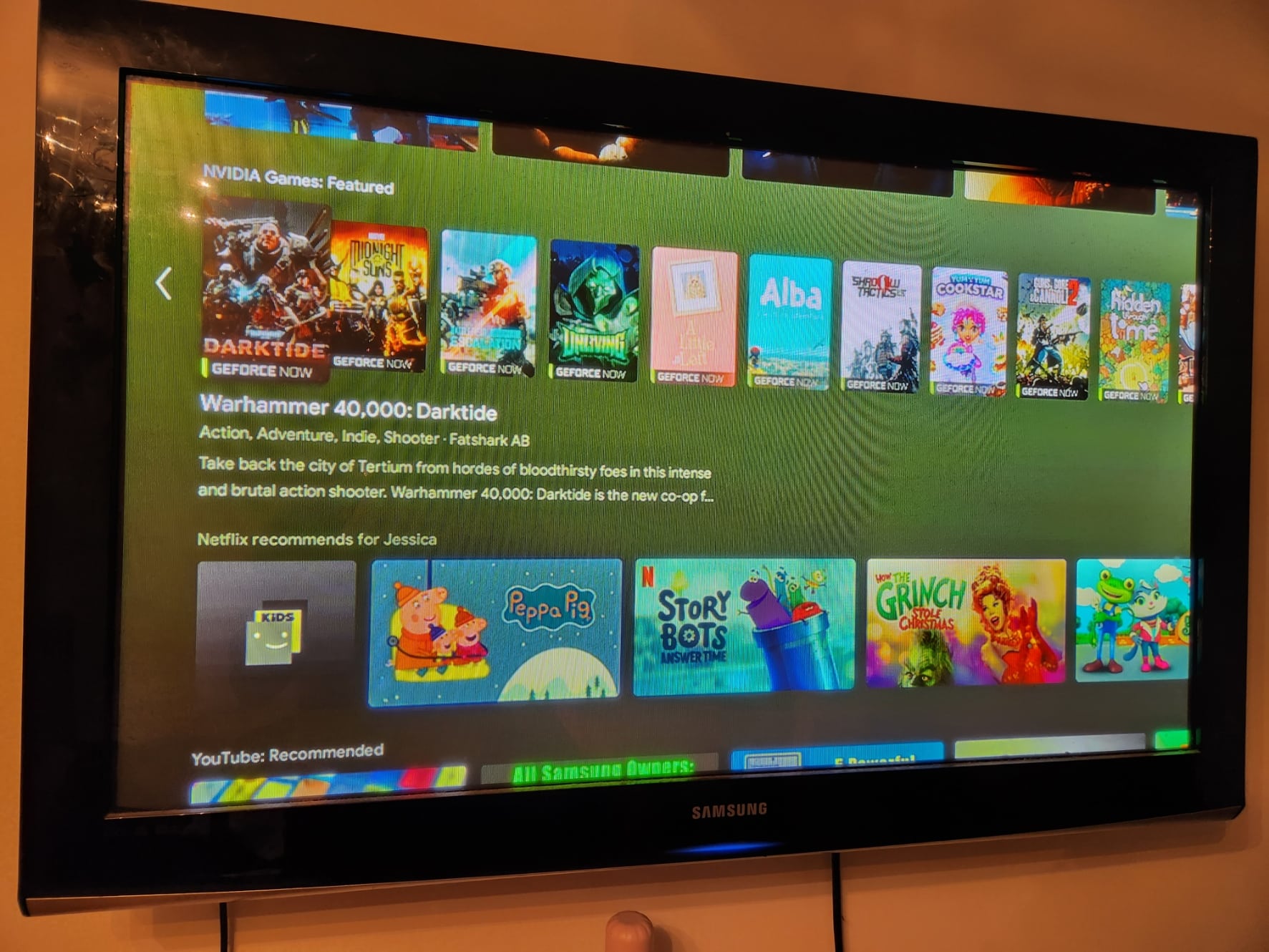
The first iteration of the NVIDIA Shield TV was originally launched in 2015 alongside its big brother, the NVIDIA Shield TV Pro, and marketed as a micro console. With the main difference between the two models being internal storage and form factor, the non-pro version having just 8 GB. It clearly wasn’t aimed at serious gamers. 7 years on, cloud gaming has come a long way. So how does the Nvidia Shield TV stack up as a gaming device now?
For my testing, I have been using the latest version of the NVIDIA Shield TV released in 2019. And although design is usually irrelevant when it comes to cloud gaming. This cylindrical device deserves a special mention. Looking at the Shield TV as a gaming device, it makes sense to compare it to other gaming devices (to some extent) and at a fraction of the size of even the Xbox Series S. This is the ideal gaming setup for any minimalist. Its sleek and compact design is discreet and easily hidden yet distinctive and easily identifiable amongst its direct competitors.
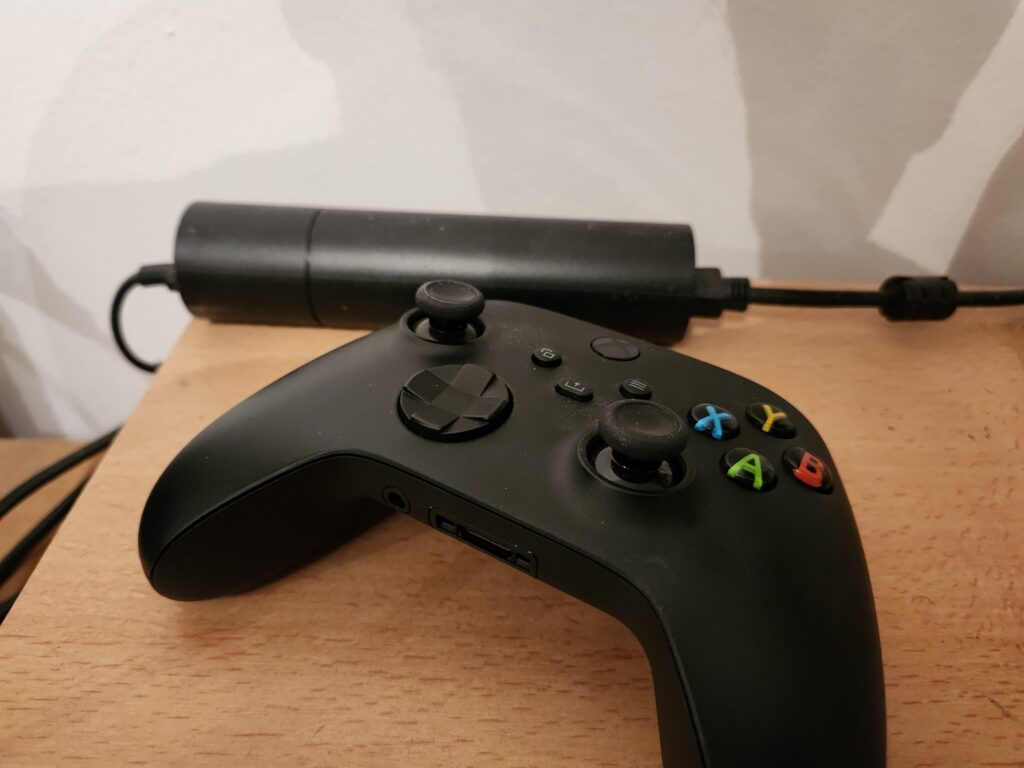
Small but Mighty
Don’t be put off by NVIDIA shield TV’s small size, as it really does pack a punch. There is no end of streaming devices available today. But the somewhat dated Shield TV has a few tricks up its sleeve to set it apart from the competition. The internal fan combined with its cylindrical shape is more than enough to keep the temperature down when things get heated during long gaming sessions.
Also included in this tubular gadget is an MicroSD Card slot. Initially this may not seem like a big deal to most people but when you realize that not all Cloud Gaming options are available on android TV devices, I’m looking at you Xbox, this may come in handy for an effortless way to sideload that missing app.
Visuals and Beyond
The advancements in cloud gaming have come a long way in a short space of time. Yet not all services are available in 4K. For you pixel peepers out there who cannot stomach the idea of gaming in 1080, the NVIDIA Shield TV has a neat little trick, using an inbuilt AI system, it can upscale to 4K on the fly. No, it isn’t perfect, and it certainly doesn’t compare with native 4k. However, it did make a noticeable difference in my testing. Visuals are much improved. NVIDIA are so confident that you will notice the difference, you can even check the 4K upscaling side by side with the original picture. Brave. But it pays off.
Whether you choose to upscale or not, the overall visual experience is great no matter the service you choose. Of course, as always, this is dependent on availability and network. Under the right conditions, you would have a job on your hands convincing somebody this experience is from the small cylinder and not a full blow console.
Software and Services
Having a device for cloud gaming can outweigh having a dedicated console, as it can bring together multiple gaming platforms. Instead of being tied to your console of choice and only having access to the games that are available to it, cloud gaming on the NVIDIA Shield can give you access to many services and the library of games they offer – bringing the best that all the services offer to one place.
Here in the UK, that means with one controller, one small piece of hardware plugged in to my TV, I can access games from GeForce Now, Boosteroid, and Blacknut Games. Despite it not being officially supported, this includes Xbox Game Pass. The pros of having multiple large libraries of games on hand speaks for itself.
UI
The UI on the NVIDIA Shield TV may look outdated, and that’s because it is. However, it still remains snappy and fluid. Not only when in the app of choice, but also switching between them. This brings the friction down enough for it not to be too much of a hassle to jump from Halo on Xbox Game Pass to Fortnite on GFN in no time.
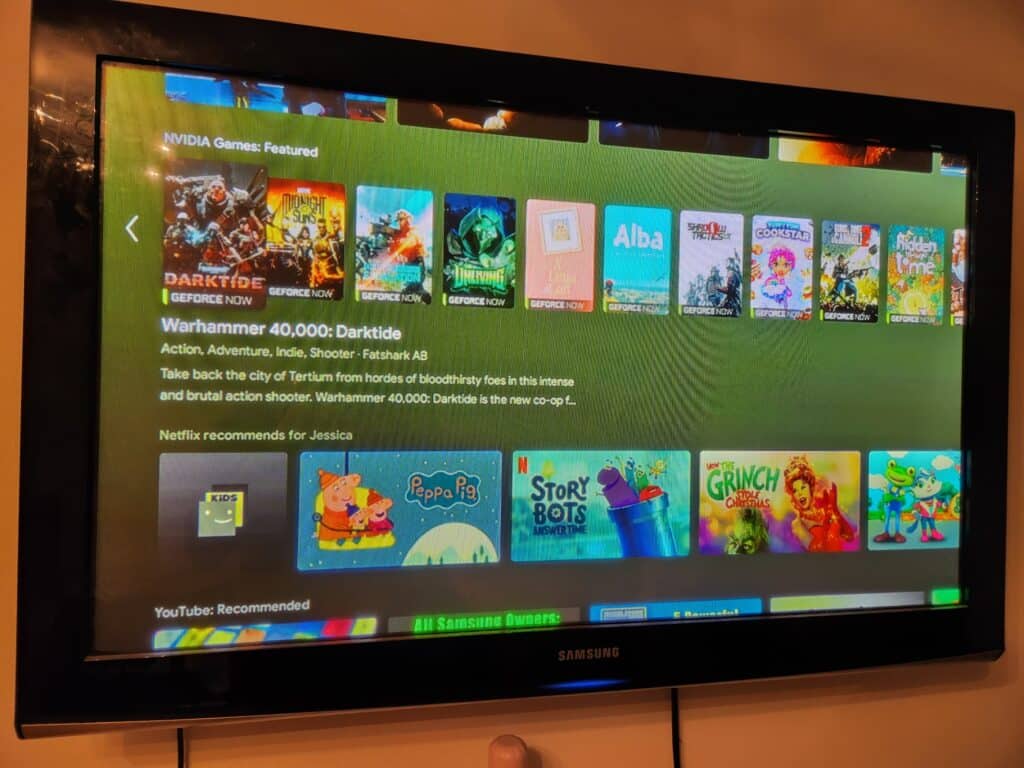
Of course, as you may expect with it being an NVIDIA product, GFN takes pride and place regardless of the service that you have connected. And that’s fair. Why shouldn’t they use this to promote its own service. This is done tastefully without being shoved in your face at every opportunity. A customizable list of your favorite apps (Netflix, YouTube, Prime etc.) show at the top of the home screen. Directly below this, GFN shows a list of the most recent games added to the service. A way of tempting you to join if you haven’t already. But also, a neat way of keeping you up to date with the latest additions to their cloud library.
Getting connected
The sleek cylinder doesn’t come with a controller in the box like its bigger brother, but of course it does come with Bluetooth 5.0 giving the ability to connect a Bluetooth controller of your choice. For my testing, I used an Xbox Series X controller, as I do for most of my cloud gaming. Connection was quick and easy. Painless. I have said this repeatedly, Bluetooth connection does add to latency when it comes to gaming in the cloud. However, under the right circumstances it is still negligible. Playing game after game of Roller Champions on GFN, it was easy to forget that I was playing in the clouds without a traditional console.
The Bluetooth controller also has the benefit of being able to wake up the Nvidia Shield and then navigate around the main menu.
Conclusion
If you have a smart TV that isn’t running on Android, or if your TV isn’t smart at all, you could do a lot worse than connecting the NVIDIA Shield TV to your current screen. It will bring your screen a new lease of life with your favorite apps all in one place, as well as a way to play your favorite cloud enabled games on the big screen. Yes, it is pricier than some alternatives at around £130 in the UK. But with the additional smarts to upscale to 4K, a processor that still handles everything it needs to in a pinch, a cooling fan, and a MicroSD Card slot, not to mention a damn cool remote (IT LIGHTS UP!), it is a price that is easy to justify.
